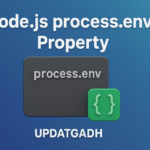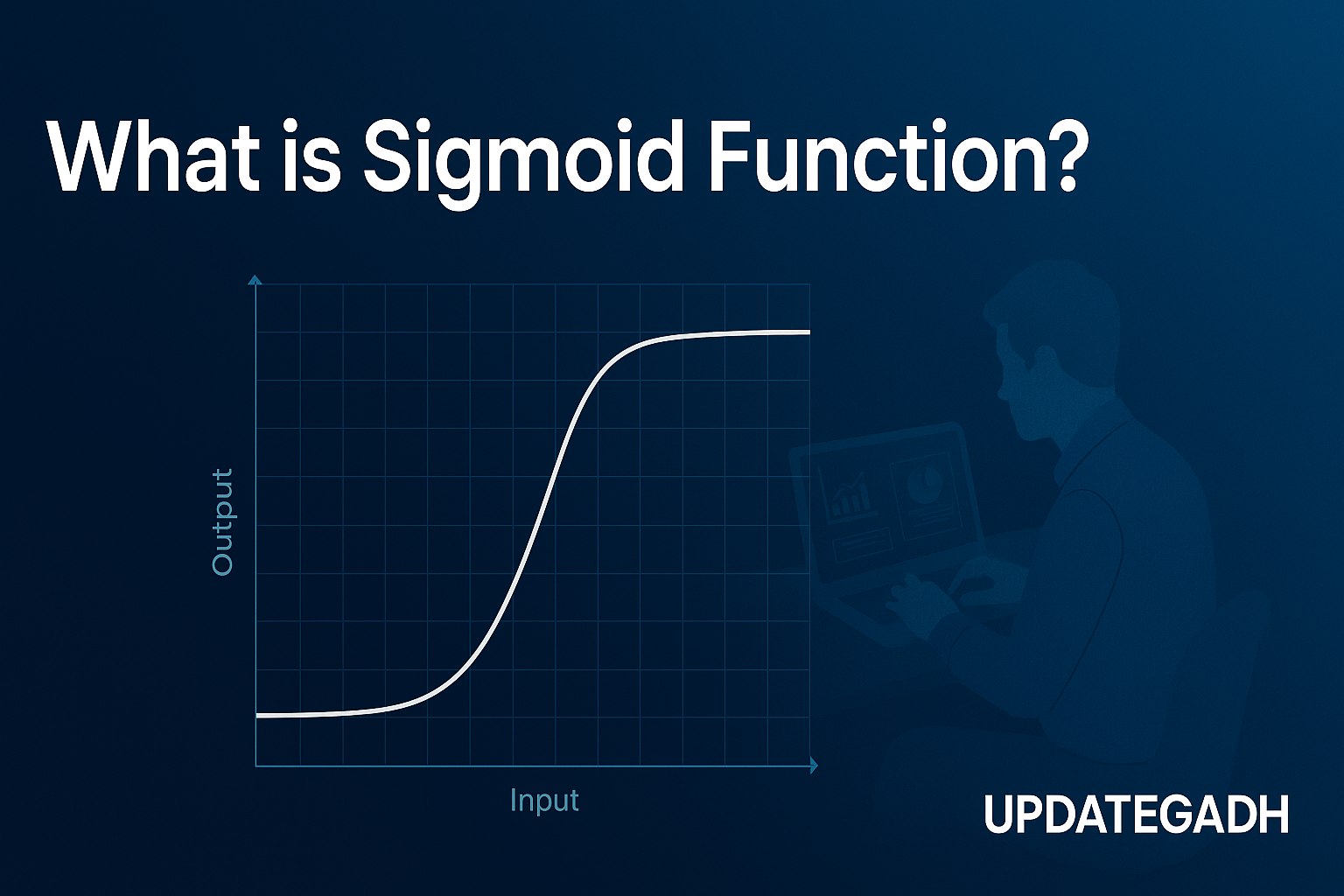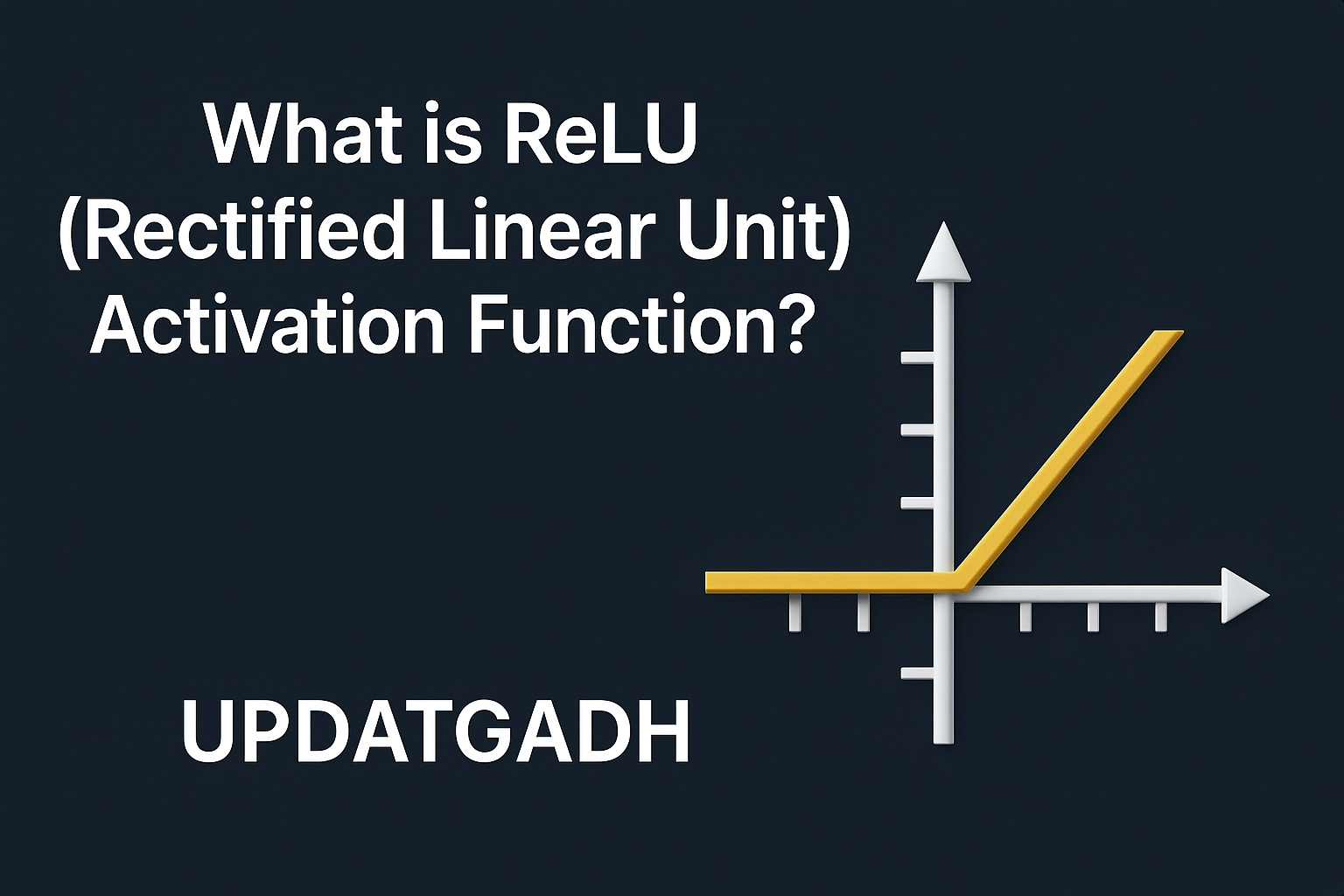
📈 ML Polynomial Regression: Unlocking the Power of Curved Relationships
ML Polynomial Regression
When dealing with real-world data in Machine Learning, we often encounter complex, non-linear patterns that simple linear models can’t accurately capture. That’s where Polynomial Regression steps in — a flexible and powerful extension of linear regression, specially crafted to handle such non-linearity.
In this blog post, we’ll explore what Polynomial Regression is, why it’s needed, how it differs from other regression techniques, and finally, how to implement it in Python using a practical example.
Complete Python Course with Advance topics:-Click Here
SQL Tutorial :-Click Here
🔍 What is Polynomial Regression?
Polynomial Regression is a type of regression analysis where the relationship between the independent variable (x) and dependent variable (y) is modeled as an nth-degree polynomial. The general form of the polynomial equation looks like this: y=b0+b1x+b2x2+b3x3+…+bnxny = b_0 + b_1x + b_2x^2 + b_3x^3 + \ldots + b_nx^n
Despite the “polynomial” name, it’s still considered a linear model — not because the curve is linear, but because the coefficients b0,b1,…,bnb_0, b_1, …, b_n are combined linearly.
✅ Polynomial Regression vs. Linear Regression
It’s helpful to compare it with:
- Simple Linear Regression: y=b0+b1xy = b_0 + b_1x
- Multiple Linear Regression: y=b0+b1x1+b2x2+…+bnxny = b_0 + b_1x_1 + b_2x_2 + \ldots + b_nx_n
- Polynomial Regression: y=b0+b1x+b2x2+b3x3+…+bnxny = b_0 + b_1x + b_2x^2 + b_3x^3 + \ldots + b_nx^n
All are linear in terms of parameters, but Polynomial Regression adds higher-degree features to model curved data trends.
🎯 Why Do We Need Polynomial Regression?
Linear models are great for linearly distributed data. But what happens when your data curves? Applying a linear model to non-linear data will lead to:
- High errors
- Poor predictions
- Increased loss function values
In such cases, Polynomial Regression can effectively model the curve and yield more accurate predictions. Imagine trying to predict salary based on experience — a CEO’s salary doesn’t increase linearly with years of service!
🧠 How Does It Work?
Polynomial Regression works by:
- Transforming features into higher-degree polynomial terms.
- Fitting a linear regression model on this transformed data.
In essence:
“We convert the original feature space into a polynomial space to fit complex curves using a linear algorithm.”
💼 Real-Life Use Case: Bluff Detection in Salary Prediction
Let’s dive into a real-world example.
Problem Statement:
A company is hiring a new candidate who claims a previous salary of $160K/year. The HR team wants to verify this claim using their salary dataset of top 10 positions (with levels and salaries). As the relationship between level and salary is non-linear, we’ll build a Polynomial Regression model to predict the truthfulness of the claim.
🛠️ Step-by-Step Implementation Using Python
Step 1: Import Libraries and Dataset
import numpy as np
import pandas as pd
import matplotlib.pyplot as plt
# Load dataset
dataset = pd.read_csv('Position_Salaries.csv')
# Extract features and labels
X = dataset.iloc[:, 1:2].values # Position levels
y = dataset.iloc[:, 2].values # Salaries
We’re only using “Level” and “Salary” columns — position names are descriptive and not used for modeling.
Step 2: Build and Fit a Linear Regression Model
from sklearn.linear_model import LinearRegression
lin_reg = LinearRegression()
lin_reg.fit(X, y)
This model will act as our baseline.
Step 3: Build and Fit a Polynomial Regression Model
from sklearn.preprocessing import PolynomialFeatures
poly_features = PolynomialFeatures(degree=4) # You can try degree=2, 3, 5, etc.
X_poly = poly_features.fit_transform(X)
poly_reg = LinearRegression()
poly_reg.fit(X_poly, y)
The
PolynomialFeaturesclass expands our features to include powers of the original values.
📊 Visualizing Results
Visualize Linear Regression Predictions
plt.scatter(X, y, color='blue')
plt.plot(X, lin_reg.predict(X), color='red')
plt.title("Linear Regression - Bluff Detection")
plt.xlabel("Position Level")
plt.ylabel("Salary")
plt.show()
You’ll notice this straight line doesn’t fit the non-linear salary data well.
Visualize Polynomial Regression Predictions
plt.scatter(X, y, color='blue')
plt.plot(X, poly_reg.predict(poly_features.fit_transform(X)), color='green')
plt.title("Polynomial Regression - Bluff Detection")
plt.xlabel("Position Level")
plt.ylabel("Salary")
plt.show()
With degree 4, the curve fits almost perfectly, capturing the complexities of the dataset.
🔮 Making Predictions
Predict with Linear Regression
lin_pred = lin_reg.predict([[6.5]])
print("Linear Prediction:", lin_pred)
Output: [330378.78] — Overestimates the value significantly.
Predict with Polynomial Regression
poly_pred = poly_reg.predict(poly_features.fit_transform([[6.5]]))
print("Polynomial Prediction:", poly_pred)
Output: [158862.45] — Much closer to the candidate’s claimed salary.
🧾 Final Thoughts
Polynomial Regression is a fantastic tool in the Machine Learning toolbox when you’re working with non-linear data. It helps you build powerful models while sticking to simple linear algorithms under the hood.
✅ Quick Summary:
- Use Polynomial Regression when data shows a non-linear relationship.
- It transforms input features into polynomial features.
- It’s still a linear model — just in an expanded feature space.
- Increasing the polynomial degree improves accuracy (up to a point).
- It is ideal for small datasets where precision is crucial.
Download New Real Time Projects :-Click here
Complete Advance AI topics:- CLICK HERE
📌 Bonus Tip:
Always experiment with different polynomial degrees (e.g., 2, 3, 4, 5) to find the optimal balance between underfitting and overfitting.
Whether you’re building a salary prediction system, analyzing sales trends, or modeling any complex data — Polynomial Regression is a go-to choice when linear models fall short.
ml polynomial regression python
ml polynomial regression formula
ml polynomial regression in machine learning
polynomial regression formula
polynomial regression example
ml polynomial regression example
ml polynomial regression pdf
polynomial regression sklearn










Post Comment